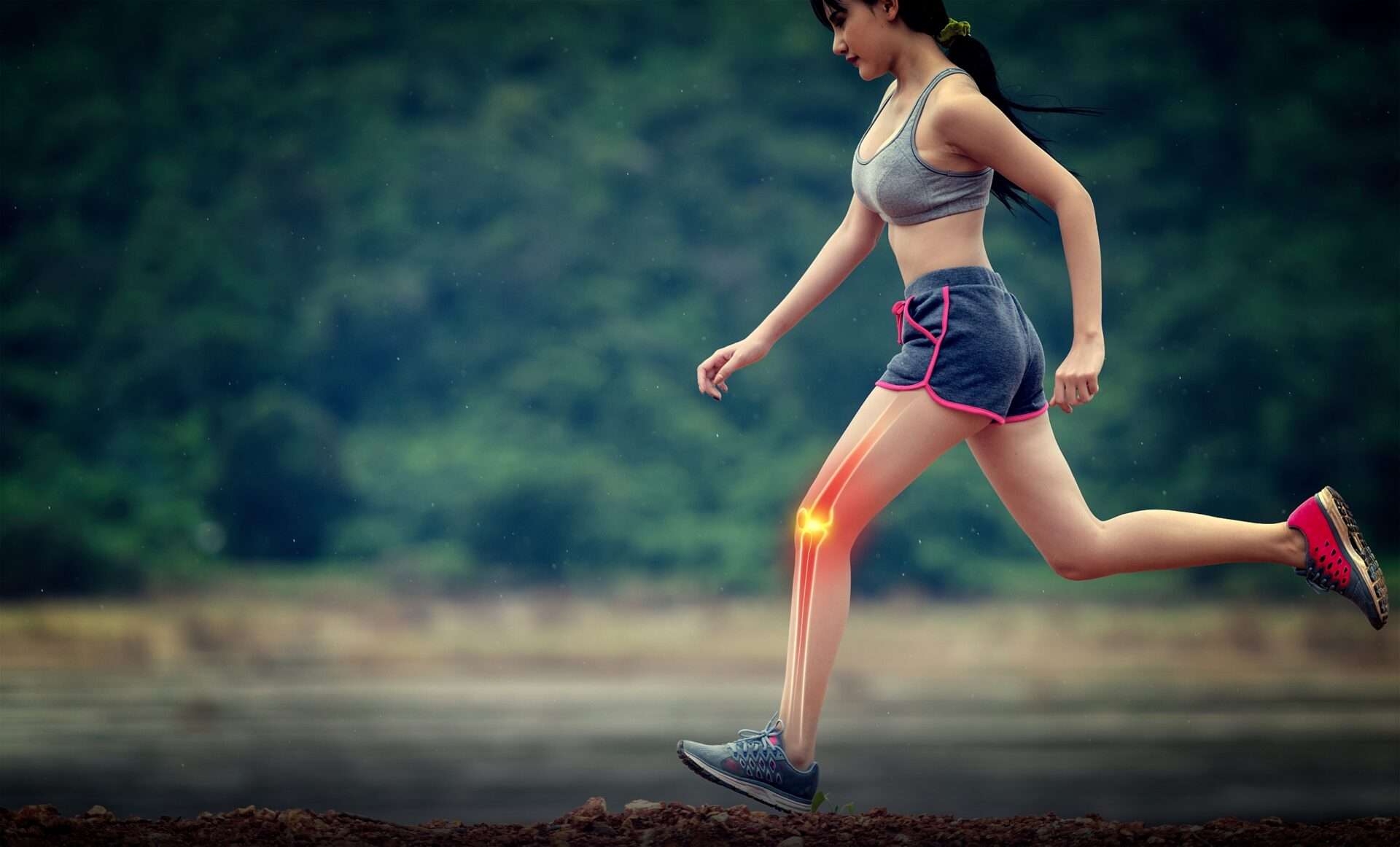Understanding and Preventing Knee Pain After Running
Knee pain affects many runners, but understanding its causes and implementing prevention strategies can keep you running comfortably. This guide covers common issues, prevention techniques, and effective treatments.
Key Takeaways
- Common causes include overpronation, weak quadriceps, IT band syndrome, and runner’s knee
- Prevention focuses on proper footwear, strength training, and stretching routines
- Effective treatments range from rest/ice to physical therapy and bracing
Common Causes of Running Knee Pain
Overpronation: The Silent Stressor
Overpronation (excessive inward foot roll) transfers stress to knees. Check your footprint – a complete imprint with minimal arch suggests overpronation.
Solutions:
- Stability/motion control running shoes
- Custom orthotic inserts
- Ankle/calf strengthening exercises
Quadriceps Weakness: The Hidden Culprit
Weak quads fail to properly stabilize the knee joint during running impact.
Strengthening Exercises:
- Bodyweight squats (progress to weighted)
- Forward and lateral lunges
- Leg extensions (machine or resistance bands)
IT Band Syndrome: The Runner’s Nemesis
This thick tissue along your outer thigh becomes inflamed from overuse.
Prevention Plan:
- Regular IT band stretches (standing or foam roller)
- Glute and hip abductor strengthening
- Gradual mileage increases
Runner’s Knee (Patellofemoral Pain)
Caused by kneecap tracking issues from muscle imbalances.
Rehabilitation Focus:
- Quad and hip flexor strengthening
- Hamstring flexibility work
- Running form assessment
Prevention Strategies
Smart Shoe Selection
- Get professionally fitted at a running store
- Replace shoes every 300-500 miles
- Consider orthotics if needed
Essential Warm-up/Cool-down
Pre-run: 5-10 minute jog + dynamic stretches
Post-run: Static stretches (hold 30 sec each)
Strength Training Protocol
2-3x weekly focus on:
- Quads (squats, leg press)
- Hips (clamshells, lateral walks)
- Core (planks, dead bugs)
Treatment Options
Immediate Care
- RICE method (Rest, Ice, Compression, Elevation)
- NSAIDs for short-term pain relief
- Activity modification
Professional Interventions
- Physical therapy for gait analysis
- Customized strengthening programs
- Knee bracing when appropriate
When to See a Doctor
- Persistent pain beyond 2 weeks
- Swelling that doesn’t improve
- Mechanical symptoms (locking, giving way)
Conclusion
By understanding knee pain causes and implementing proactive prevention strategies, runners can maintain pain-free training. Remember – gradual progression, proper recovery, and listening to your body are key to long-term running success.
FAQs
How often should I replace running shoes?
Every 300-500 miles or when tread/traction visibly wears down.
Can I run through knee pain?
Mild discomfort may be okay, but sharp or worsening pain requires rest.
Are knee braces helpful?
Can provide support during recovery but shouldn’t replace strengthening.



